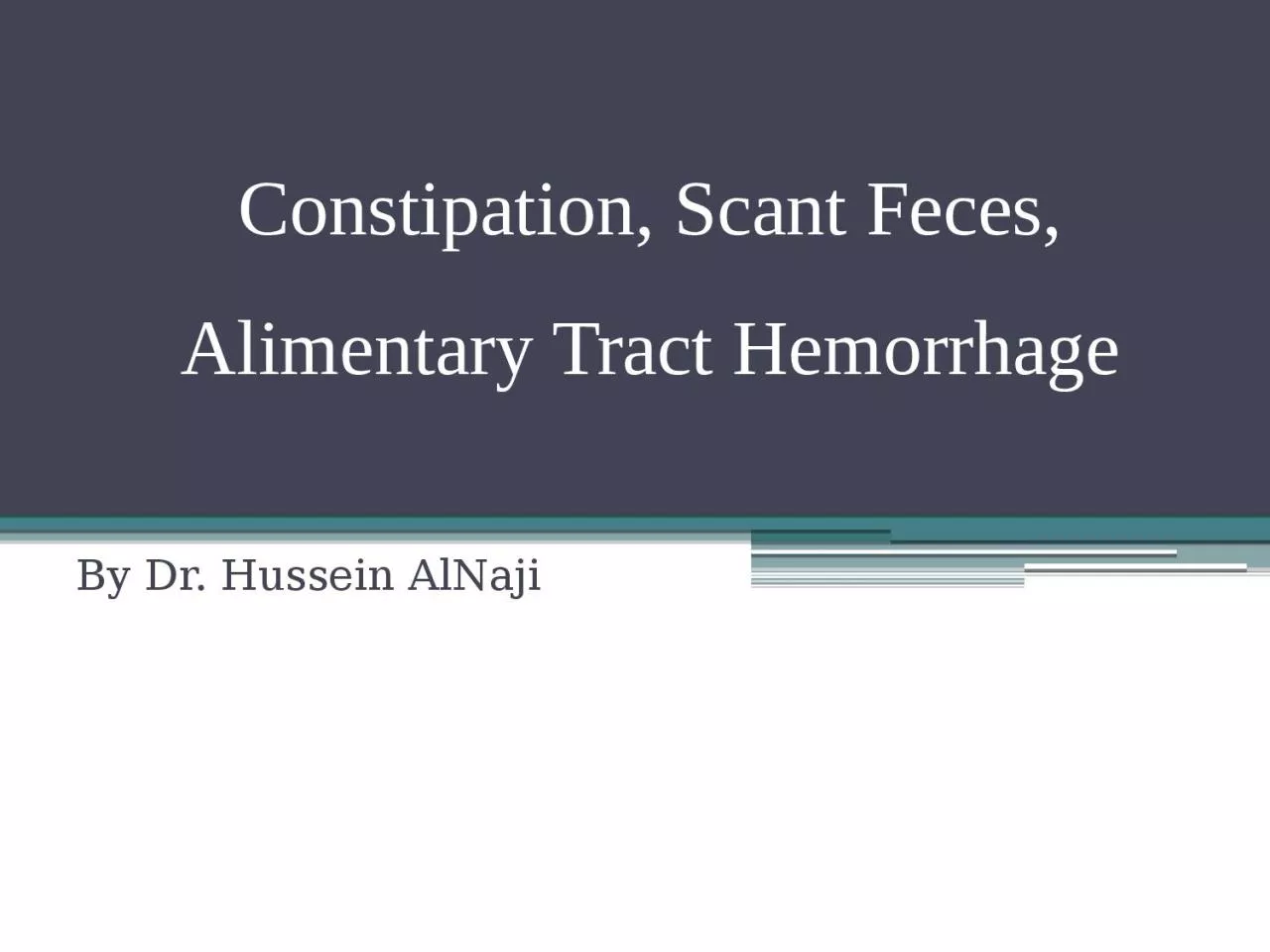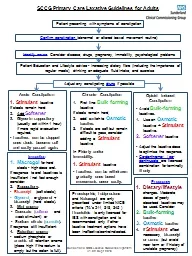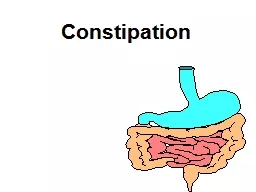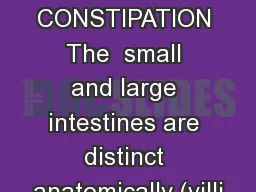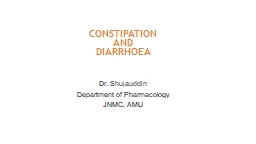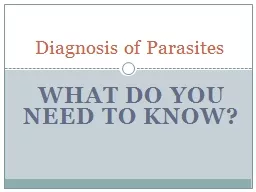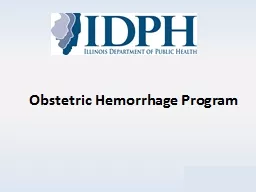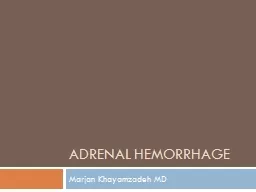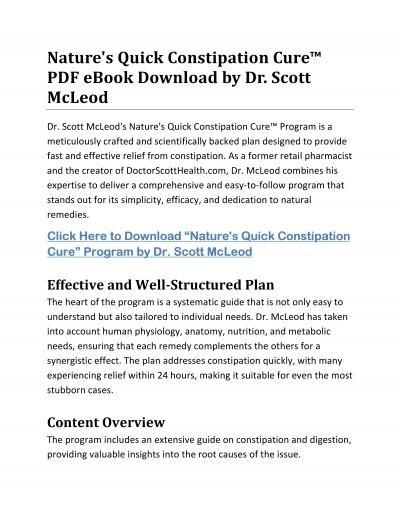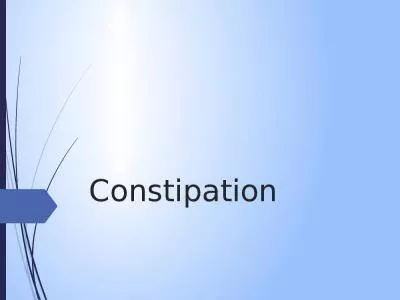PPT-Constipation, Scant Feces, Alimentary Tract Hemorrhage
Author : belinda | Published Date : 2023-07-14
By Dr Hussein AlNaji Constipation is the decreased frequency of defecation accompanied by feces that contain a decreased concentration of water The feces vary
Presentation Embed Code
Download Presentation
Download Presentation The PPT/PDF document "Constipation, Scant Feces, Alimentary Tr..." is the property of its rightful owner. Permission is granted to download and print the materials on this website for personal, non-commercial use only, and to display it on your personal computer provided you do not modify the materials and that you retain all copyright notices contained in the materials. By downloading content from our website, you accept the terms of this agreement.
Constipation, Scant Feces, Alimentary Tract Hemorrhage: Transcript
Download Rules Of Document
"Constipation, Scant Feces, Alimentary Tract Hemorrhage"The content belongs to its owner. You may download and print it for personal use, without modification, and keep all copyright notices. By downloading, you agree to these terms.
Related Documents

